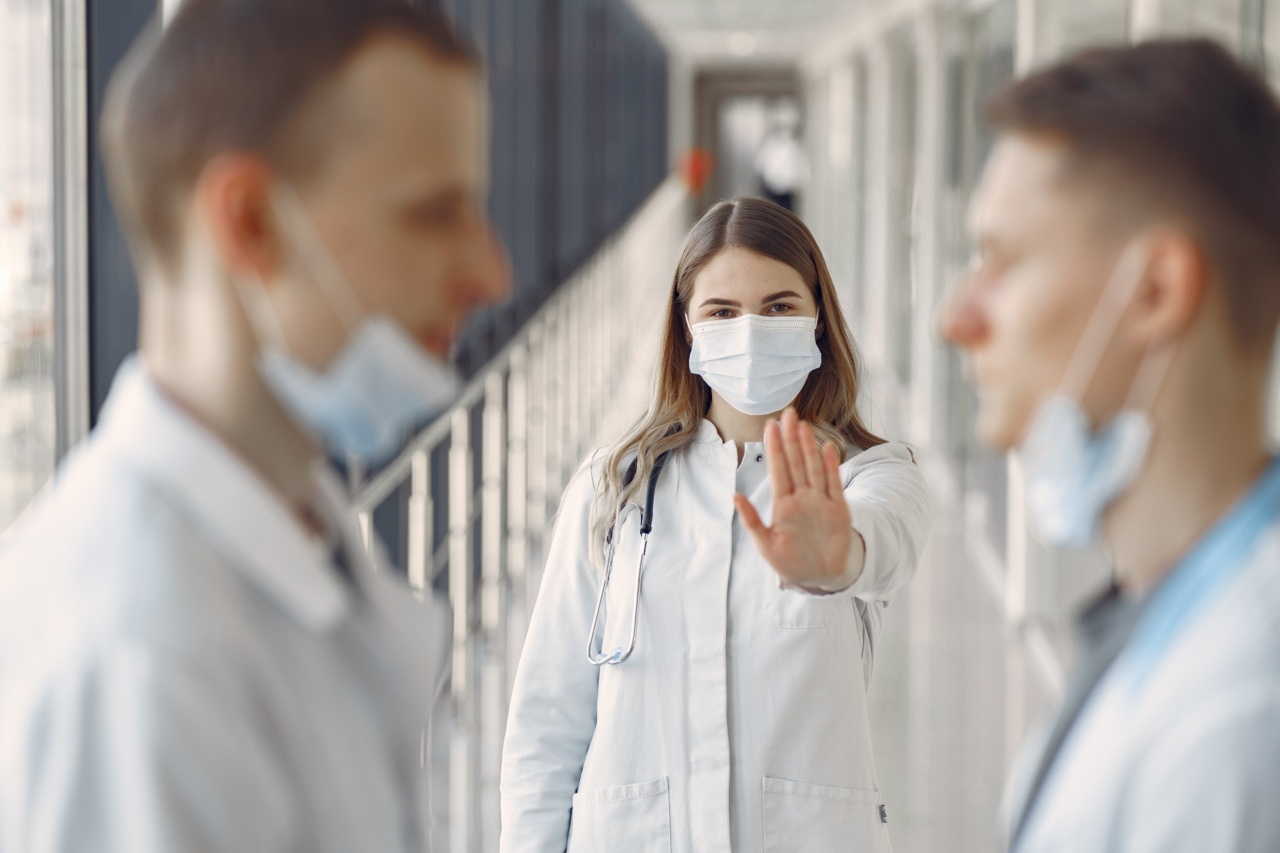Lip discoloration, characterized by changes in the color or appearance of the lips, can often serve as an indicator of underlying health issues.
While it is true that various factors can contribute to changes in lip color, it is essential not to ignore persistent or significant alterations, as they might be a symptom of an underlying health problem. Understanding the potential causes and recognizing the warning signs associated with lip discoloration can help identify and address potential health issues promptly.
1. Common Causes of Lip Discoloration
Before delving into potential health issues linked to lip discoloration, it is important to be aware of some common causes:.
2. Dehydration
Inadequate hydration can cause lips to appear dry, cracked, and potentially discolored. When the body lacks sufficient fluids, it can affect the natural color and moisture content of the lips.
3. Smoking
Smoking cigarettes can result in lip discoloration over time. The chemicals present in cigarettes, coupled with reduced blood flow due to smoking, can cause the lips to darken or turn a bluish hue.
4. Sun Exposure
Excessive sun exposure can lead to both temporary and permanent lip discoloration. The harmful UV rays can cause hyperpigmentation, leading to darkening of the lips.
5. Allergic Reactions
Some individuals may experience lip discoloration as a result of an allergic reaction to certain substances, such as specific lip care products, foods, or medications.
6. Iron Deficiency
Iron deficiency anemia can affect the color of the lips, causing them to appear pale or bluish. This condition occurs when the body lacks sufficient iron to produce an adequate amount of hemoglobin, which can impact the overall complexion.
7. Vitamin Deficiencies
Lack of essential vitamins, particularly vitamin B12 and folate, can result in lip discoloration. Deficiencies in these vitamins may cause the lips to become pale, swollen, or develop cracks at the corners.
8. Jaundice
Jaundice is a condition characterized by yellowing of the skin and eyes, and in some cases, the lips. It occurs when there is an excessive buildup of bilirubin in the body, indicating an underlying problem with the liver or gallbladder.
9. Anemia
Various types of anemia, including pernicious anemia and sickle cell anemia, can lead to lip discoloration. These conditions affect the production and function of red blood cells, resulting in pale or bluish lips.
10. Liver Disease
Lip discoloration can sometimes be a sign of liver disease, such as hepatitis or cirrhosis. Liver dysfunction can cause a yellowish tint called jaundice, which may extend to the lips.
11. Infections
Infections such as cold sores or oral thrush can cause lip discoloration. Cold sores, caused by the herpes simplex virus, usually appear as red blisters and can result in temporary color changes.
Oral thrush, a fungal infection, can cause white patches on the lips.
12. Kidney Disease
Kidney diseases can have various effects on the body, and some may manifest as lip discoloration. When the kidneys are unable to eliminate toxins effectively, the buildup of wastes can lead to changes in lip color.
When to Consult a Healthcare Professional
While occasional and mild lip discoloration may not necessarily indicate a severe health problem, it is crucial to be aware of warning signs that may warrant medical attention:.
– Persistently pale or bluish lips.
– Yellow discoloration spreading to the lips.
– Dark or black spots that do not fade or grow in size.
– Swelling, persistent dryness, or cracking.
– Changes in lip color accompanied by other concerning symptoms.
If you experience any of the above symptoms, it is recommended to consult a healthcare professional for a proper diagnosis and appropriate treatment.
Prevention and Treatment
In some cases, preventing or treating lip discoloration involves addressing the underlying health issue. Here are some general tips for maintaining healthy lips:.
1. Stay Hydrated
Drink an adequate amount of water each day to keep your body and lips hydrated.
2. Protect Your Lips from Sun Exposure
Apply lip balm with SPF protection before heading out in the sun to prevent sunburn and lip discoloration.
3. Quit Smoking
By quitting smoking, you can minimize the risk of developing lip discoloration and other smoking-related health issues.
4. Maintain a Balanced Diet
Eat a varied and nutritious diet to ensure you receive all the essential vitamins and minerals your body needs, including those important for lip health.
5. Practice Good Oral Hygiene
Regularly brushing and flossing your teeth, along with proper tongue cleaning, can help prevent oral infections that may contribute to lip discoloration.
Remember, while these preventive measures can contribute to overall lip health, it is essential to address any persistent or concerning lip discoloration by consulting a healthcare professional.































